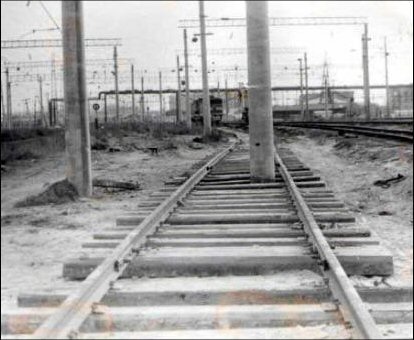In a the previous entry, I discussed the Project Triangle and how it can be applied to building a business as well. With a business your three corners are Product, Marketing, and Delivery. You can expand your business at any of these three corners, but chances are you’re going to need to also devote resources to one or both of the other corners as well.
The trouble is that pushing any of these corners out farther usually requires a significant commitment. Adding a small amount of inventory probably won’t bring more than an incremental improvement in sales. Marketing mediums that don’t cost much don’t usually have much reach, and most require consistent investment over time to achieve results. Adding a few hours to payroll or adding some minor equipment isn’t likely to achieve much, either.
Since often a significant “tweak” is required at one or more corners to achieve noticeable results, the trick is determining which corner will most benefit from the larger gamble. Anyone who knows me can probably guess what I’m going to propose as the solution. Yup, analysis and planning! As an analyst-type, that’s my golden hammer.
But seriously, even if there are other ways to figure out where to invest, you would do well to consider some of the following questions before you act:
- How much growth do you expect as a result of investing in one of the corners?
- How do you plan to measure that growth?
- What would achieving that much growth mean to the other two corners?
- How quickly might the growth occur?
- How much would you need to spend to expand the other corners to meet that growth?
- How soon would you need to do so? What warning signs should you look for?
- Do you have enough resources to meet the expanded demand?
- What happens if you achieve double your expected growth? Triple?
If you haven’t thought through these questions you shouldn’t be surprised if even success becomes your enemy. I’ve heard horror stories of companies failed to anticipate the level of success brought about by one of their initiatives, and their company reputation took a serious hit as a result. “Catastrophic Success” can be just as lethal to a company as failure.
We recently had a conversation at our business about what we would do if our business suddenly tripled. We tried to convince ourselves we would take it in stride, but I remain unconvinced. I remember other conversations we’ve had about times when store traffic picked up substantially for one reason or another and we weren’t prepared. There were far too many customers who we’ve not seen again.
As I said, I’m a firm believer in planning, even if it’s just having a few conversations about “What if…?” I also believe in reviewing your plans and your metrics to determine how effective your plans were. Your business may be able to absorb a mistake or two, but there is no reason to keep making the same mistakes. Planning, measuring, and reviewing will help you recognize mistakes more quickly and learn from those mistakes.
Plan your growth. Investment may be a gamble, but it doesn’t have to be a risky one.
